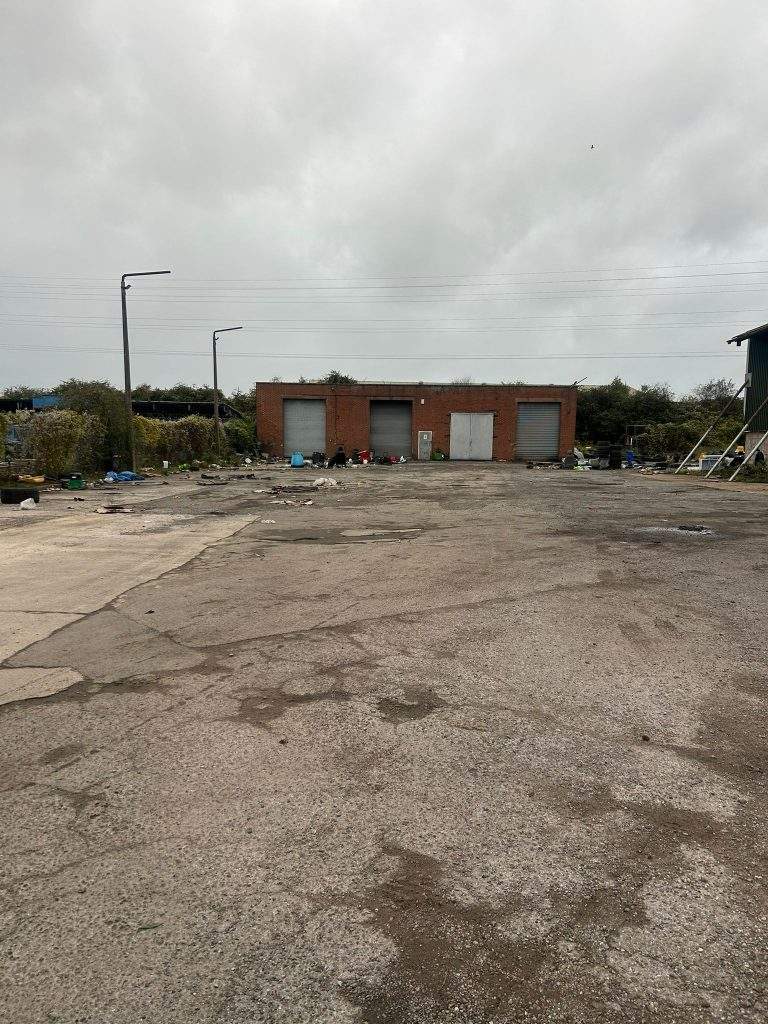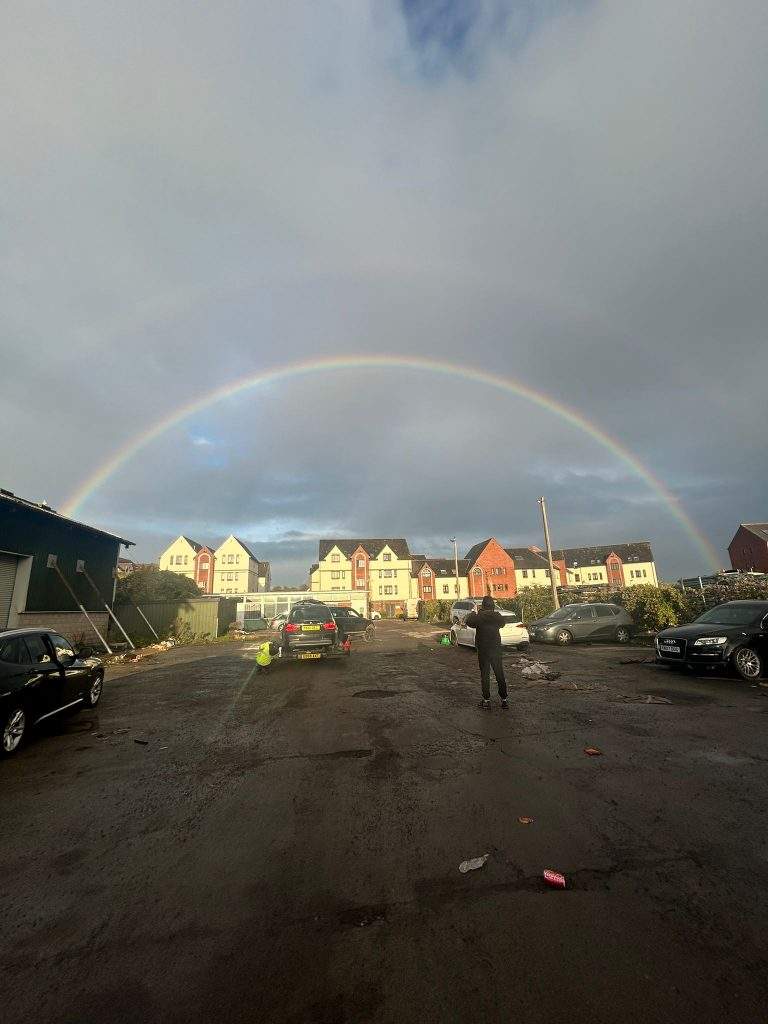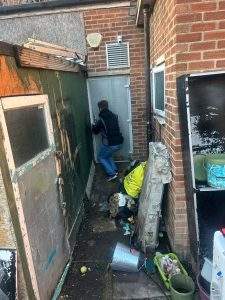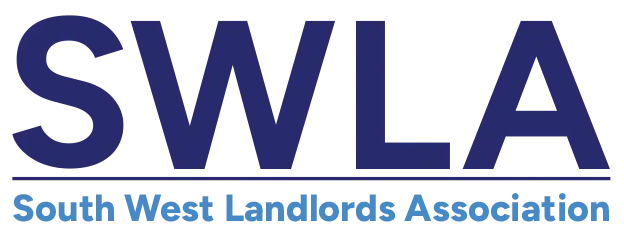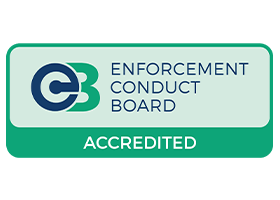(TORTS Notice Process, Supervised Access & Legal Disposal)
When a commercial lease is forfeited and the landlord regains possession, it’s very common for machinery, stock, office equipment or vehicles to be left behind. Even though the tenant has been evicted, these items remain their legal property.
At this point, the landlord becomes the involuntary bailee of the goods — meaning the landlord has a legal duty to safeguard the items until the correct process has been followed under the Torts (Interference with Goods) Act 1977.
The goods cannot be removed, sold or disposed of without following due process.
✅ Step 1: TORTS Notice Served (7 Days)
Immediately after forfeiture, a TORTS Notice is:
- Affixed to the premises, and
- Sent to the former tenant electronically (email/SMS where possible)
This gives the former tenant 7 days to arrange collection of their goods.
✅ Step 2: If Goods Are Not Collected Within the First 7 Days of TORTS Notice
If the tenant does not make contact or collect the goods, a further step is required:
➡️ A TORTS Notice inventory of all remaining goods must be carried out.
This must be completed by an independent person, such as a certificated enforcement agent (bailiff), and includes:
- A full written list of all goods
- Photographs / video evidence
- Assessment of condition and value (where applicable)
A second TORTS notice is then issued to the tenant with the completed inventory, giving them a further 7 days to collect the goods.
✅ If the Former Tenant Does Make Contact
If the tenant responds within either TORTS notice period:
➡️ A supervised access appointment will be arranged.
A certificated enforcement agent (bailiff) will:
- Meet the former tenant on site
- Allow them access to remove their goods
- Remain present for the entire duration to oversee the removal
- Escort them off the premises once the agreed time is complete
The tenant is responsible for bailiff attendance fees and any storage or clearance costs.
✅ Step 3: Disposal of Goods (After 14 Days Total)
If, after both notice periods, the tenant has failed to collect the goods:
➡️ The landlord is legally entitled to remove, dispose of, or sell the goods.
Any sale proceeds may be used to offset:
- Rent arrears
- Locksmith and bailiff costs
- Clearance or storage fees
At this point, the landlord’s obligations as involuntary bailee come to an end.
Case Study – Commercial Lease Forfeiture & Supervised Access (Exeter, Devon)
West Country Bailiffs were instructed to carry out a forfeiture of commercial lease at a large industrial unit in Exeter, Devon. The premises contained:
- Over 100 vehicles
- Machinery and car parts
- Tools, office furniture and equipment
The forfeiture was completed at 6:00am on a Monday morning, locks were changed and the site was secured. A TORT notice was affixed to the building and issued electronically to the former tenant.
Later that afternoon, the tenant made contact requesting access to collect their goods. They paid the bailiff fees for supervised access, and our certificated enforcement agent attended on:
- Wednesday
- Thursday
- Friday
For three consecutive days, our bailiff was on-site supervising the removal of all vehicles, parts, machinery and goods. Once completed, the unit was left clear of all tenant property, with only rubbish and minor debris remaining.
At the landlord’s request, West Country Bailiffs arranged clearance using our approved contractors, restoring the workshop and yard to a clean, lettable condition — ready for immediate re-marketing.
If you have a commercial tenant who has fallen into arrears or abandoned goods after eviction, we can assist in Cornwall, Devon, Dorset, Somerset, Wiltshire, Gloucestershire, Cotswolds and South Wales with:
✅ Forfeiture within 24–48 hours
✅ TORT notice service
✅ Supervised access management
✅ Clearance & site restoration
📞 01803 895 441
📧 enforcement@westcountrybailiffs.co.uk
